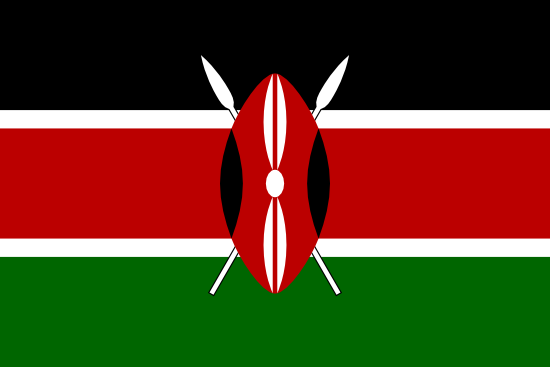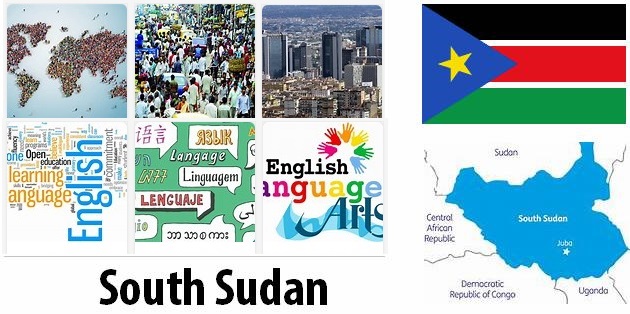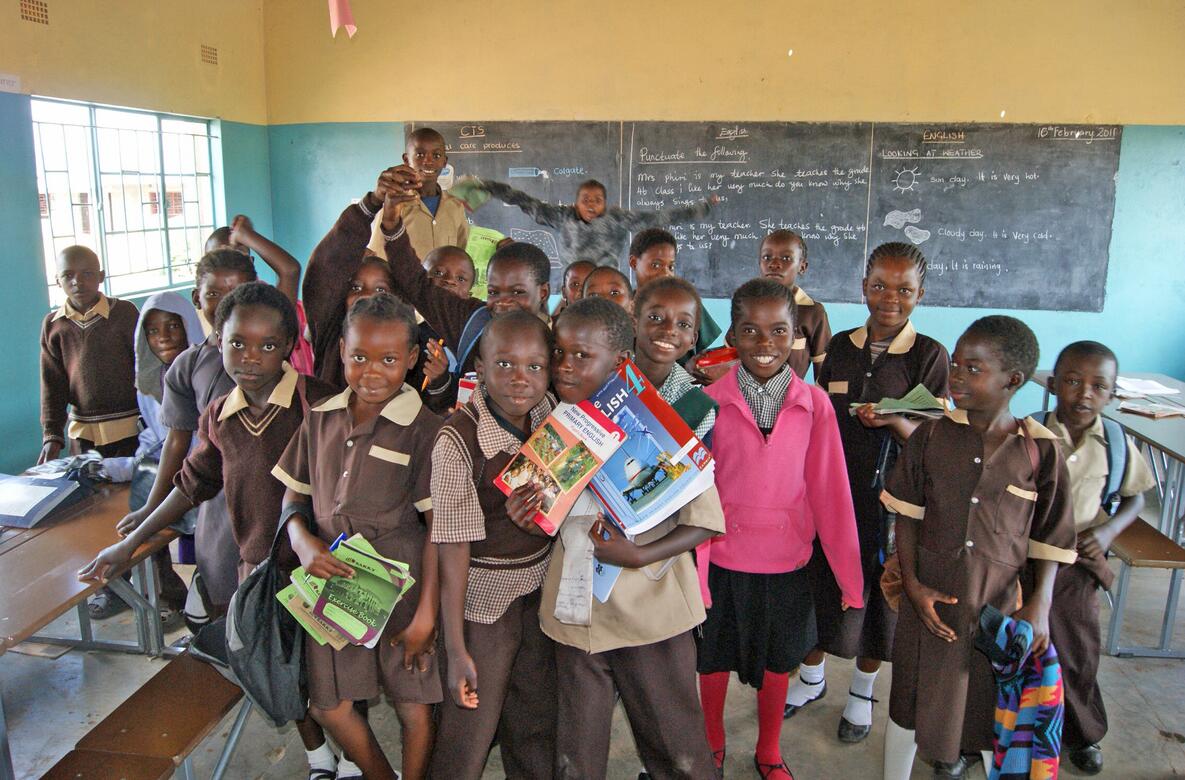Kenya Overview
Kenya is located in East Africa, on the Indian Ocean, bordering Ethiopia, Somalia, Sudan, Tanzania and Uganda. The country is also home to Mount Kenya, Africa’s second highest mountain after Kilimanjaro. After one of the bloodiest uprisings in the history of recent colonial times, the Mau-Mau uprising of the 1950s, the country became independent in 1963 and became a republic the following year.
| Capital: | Nairobi |
| Biggest city: | Nairobi |
| State: | republic |
| Language: | English, Swahili |
| Religion: | Christianity, indigenous religions |
| Surface: | 582 650 km |
| Population: | 44.2 million (2013) |
| Population density: | 67 residents per km² |
| Life expectancy: | 58 years |
| Illiteracy: | 15% |
| Currency: | Kenyan Shilling (KES) 1 shilling = 0.08 kr |
| GDP per capita: | $ 1,800 (2010) |
| Time difference: | +2 hours |
| Electricity: | 220/240 V AC, 50 Hz |
| National Day: | December 12 |
| Country area code: | 254 |
| 2-Letter country abbreviation: | KE (See more abbreviations on Abbreviationfinder) |
| Business: | agriculture 81%, service sector 12%, industry 7% |
| Climate: | tropical in coastal areas with rainy seasons from April to May and from October to November; cooler and drier on the plateaus |

After independence, Kenya developed relatively well. Economic growth was high, healthcare improved and the level of education rose. In the 1980s, the positive development stopped only to pick up speed again in the mid-1990s. In the last ten years, however, the problems have increased again. The infrastructure is deteriorating, unemployment is high, and the judiciary has major shortcomings.
Poor governance in combination with widespread corruption has contributed to a general decline and further widened the gap between rich and poor. Poverty in Kenya means, among other things, that many residents lack access to a functioning judiciary, food for the day, arable land, influence and livelihoods.
Some groups are worse off than others, such as urban slum dwellers, women-run households, the disabled and the approximately one million children orphaned by AIDS. Human rights violations occur, for example in the form of police brutality and torture in prisons. Not least are poor people who often have poor knowledge of their rights.
WORLD HERITAGE
The following objects in Kenya are listed as a UNESCO World Heritage Site.
The year in which the item was added to the list is indicated in parentheses.
- Lake Turkana National Parks (1997)
- Mount Kenya National Park (1997)
- Old Town of Lamu (2001)
- Mijikenda Kaya Forest (2008)
- Fort Jesus Defense Facility, Mombasa (2011)
- Kenya’s Sea System in the East African Burial System (2011)
ELECTRICAL OUTLET
Electricity and electrical outlets in Kenya
Voltage: 240 V
Frequency: 50 Hz
Type of plug: G
Need an adapter: Yes, Swedes need an adapter.
CLIMATE AND WEATHER
Weather in Nairobi
| Climate | Jan | Feb | Mar | Apr | May | Jun | Christmas | Aug | Sep | Oct | Nov | Dec |
| Average temperature °C | 20 | 21 | 21 | 20 | 19 | 18 | 17 | 17 | 19 | 20 | 20 | 19 |
| Day °C | 26 | 28 | 27 | 25 | 24 | 23 | 22 | 23 | 26 | 27 | 25 | 24 |
| Night °C | 13 | 13 | 14 | 15 | 14 | 12 | 11 | 11 | 11 | 13 | 14 | 13 |
| Rain (mm) | 40 | 60 | 90 | 130 | 120 | 30 | 10 | 10 | 20 | 40 | 110 | 80 |
| Rainy days | 6 | 4 | 9 | 13 | 12 | 5 | 5 | 6 | 5 | 7 | 16 | 10 |
| Soltim / day | 8 | 9 | 8 | 5 | 5 | 6 | 7 | 7 | 8 | 7 | 6 | 7 |

Lamu
Lamu is an island and a city of the same name in Kenya. On the island, which has about 20,000 residents, in addition to the city of Lamu are also the villages of Shela, Matondoni and Kipangani. The island has virtually no roads and the main means of transport are boats, donkeys and apostle horses.
The old town of Lamu is one of the oldest preserved buildings in Swahili architecture in East Africa. This port city is built of coral stone and mangrove wood. The majority of the buildings are from the 18th century or older. Arab merchants settled in the area during the period 800-1200s, and the word swahili comes from the Arabic word for coast, sahil.
Lamu was an independent city-state until 1506, when the Portuguese invaded the city to gain control of trade. Slavery existed until 1907. The old town of Lamu was inscribed on the UNESCO World Heritage List in 2001.
Mombasa
Mombasa is Kenya’s second largest city, and is located in the southeastern part of the country. The city has 800,000 residents (2005). The city’s name comes from the Arabic, Manbasa. In Swahili, it has historically been called Mvita. Mombasa has a long history as a trading center, and historically close ties to other island nations and city-states on the coast.
Nairobi
According to Countryaah, Nairobi is the capital of Kenya and has about 2.8 million residents (2005). The city is located 1,700 meters above sea level. Within the city limits is a game reserve, Nairobi National Park, and no other capital city houses as many bird species as Nairobi.
Nairobi was founded in 1899 on the railway from the coastal city of Mombasa to neighboring Uganda. In 1907, Nairobi became the capital of British East Africa, and since independence in 1963, the city has been the capital of Kenya. Nairobi has fought against rising crime, and has gained a reputation for being a dangerous city. The city has also been nicknamed “Nairobbery”. In 1998, al-Qaeda detonated a bomb in the US embassy in the city, claiming the lives of 200 people.
In 2001, the United Nations International Civil Service Commission ranked the city among the most insecure cities in the world, with Class C. The chairman of a construction agency quoted “notoriously high level of violent armed robbery, burglary and car hijacking”.
Most larger houses today have a guard and dogs to patrol their areas during the nights. Tourists are advised not to show valuables during the day within the city center, and they should stay away from the center during the night.


